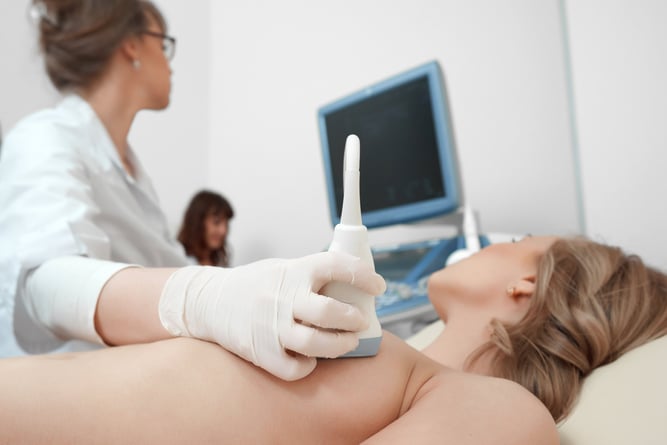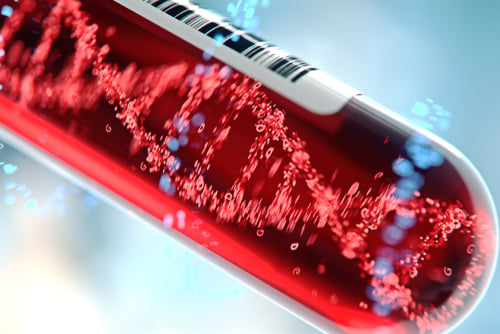Mammary Duct Ectasia
Understanding Mammary Duct Ectasia and its management options.
Mammary duct ectasia is a condition characterized by the dilation and thickening of the ducts in the breast, often leading to a blockage. This can result in the accumulation of fluid and the potential for inflammation. While it is most commonly seen in women nearing menopause, it can occur at any age. At Garden Mammography Center, we offer comprehensive services to help you understand and manage mammary duct ectasia effectively at our Lake Success location.

What is Mammary Duct Ectasia?
Mammary duct ectasia occurs when a milk duct beneath the nipple dilates, fills with fluid, and thickens. This condition may lead to the blockage of the duct, causing a range of symptoms. While it is often benign, mammary duct ectasia can sometimes mimic or occur alongside more serious conditions, making proper diagnosis essential.
Symptoms
Common symptoms of mammary duct ectasia may include:
- Pain or tenderness around the nipple area.
- Thick, sticky discharge from the nipple, which may be green or black.
- Swelling or inflammation of the surrounding breast tissue.
- Changes in the appearance of the nipple, such as inversion or flattening.
It's important to consult a healthcare professional if you experience any of these symptoms, as they can help determine the underlying cause and recommend appropriate treatment.
Diagnosis and Treatment
At Garden Mammography Center, we utilize advanced diagnostic imaging techniques, including:
- Mammography: X-ray images of the breast to identify any abnormalities.
- Ultrasound: Sound waves to create images of the breast tissue and evaluate cysts or masses.
- Breast MRI: Detailed imaging to assess the breast tissue if necessary.
Treatment options for mammary duct ectasia may vary based on the severity of symptoms and underlying causes. Options may include:
- Observation: In mild cases without significant symptoms, monitoring may be recommended.
- Medication: Pain relief or anti-inflammatory medications may be prescribed.
- Surgery: In more severe cases or if symptoms persist, a surgical procedure to remove the affected duct may be necessary.
Regular follow-ups are essential for effective management and monitoring of the condition.
Schedule Your Appointment
If you suspect you may have mammary duct ectasia or are experiencing concerning symptoms, please contact us at +1 516 663 6400 or visit our appointment booking page. Our dedicated team at Garden Mammography Center is here to support you and provide the care you need.


